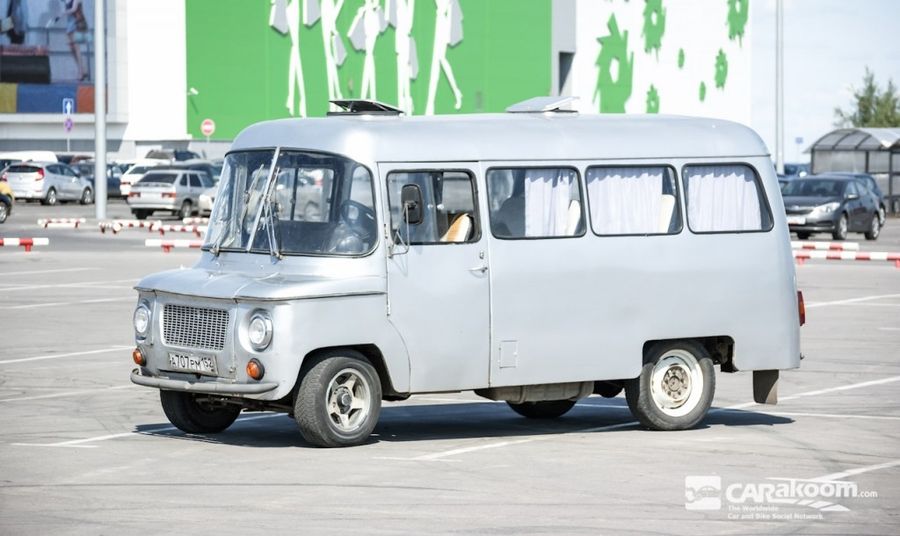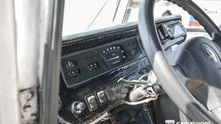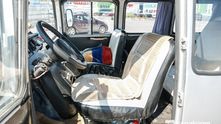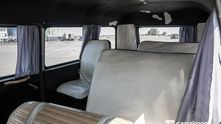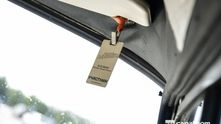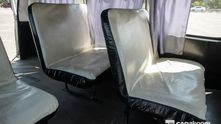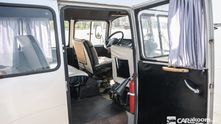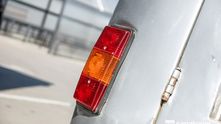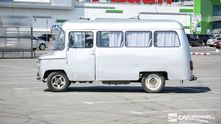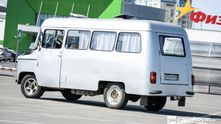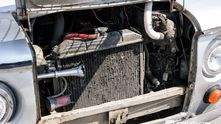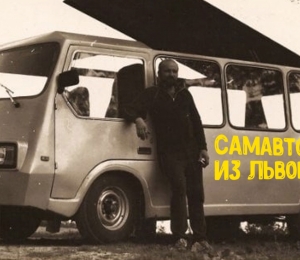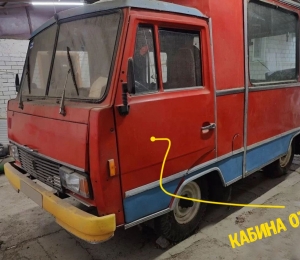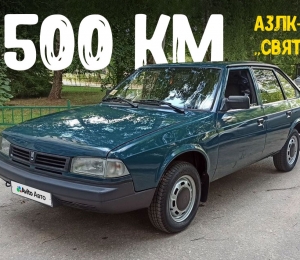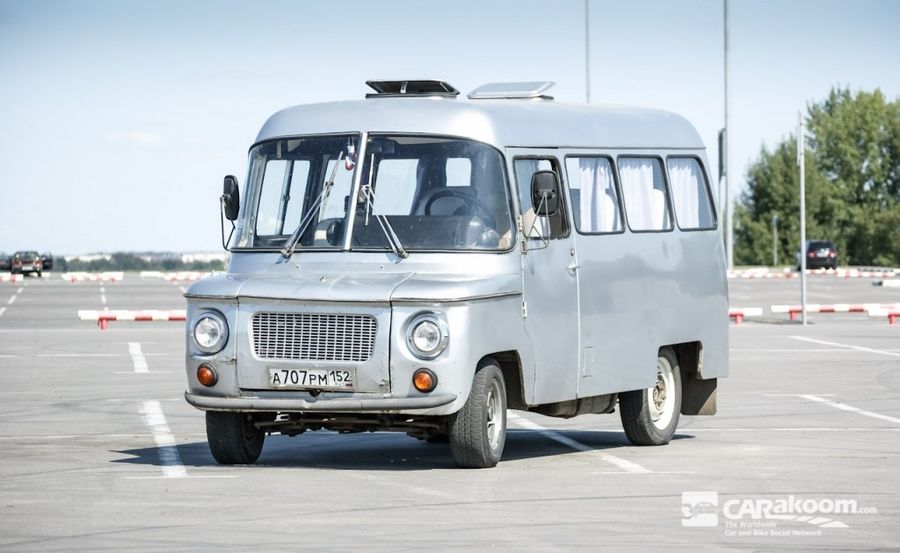
Our portal begins a new series of articles about world legendary cars. There are still automobiles around us, which played an important role in the history of the world car industry. We start with the famous Polish wagonette Nysa 522.
In 1951 one Polish furniture factory reoriented for automotive bodies production according to the Party task. The automobile production at the former furniture factory Zakład Samochodów Dostawczych in the Polish town of Nysa began in 1958. The car was named precisely Nysa, and our drivers nicknamed it lovingly “Nusyka”. The first model was the van N58, and the factory was quickly renamed as “The plant of delivery vehicles” (Fabryka Samochodów Dostawczych), abbreviated to FSD. The development of that car was carried on by other Poland factory – FSO.
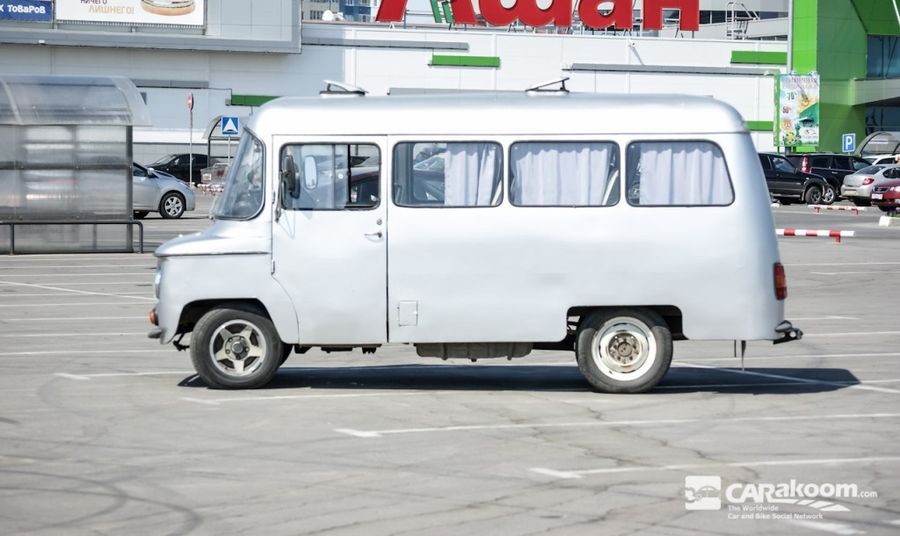
By 1968 after some modernizing the Polish factory introduced this car – the Nysa 521. The main emphasis was on safety and ease of use. Just because of this Nysa 521 got its distinctive hood in the front part of the car, which essentially simplified the access to the engine.
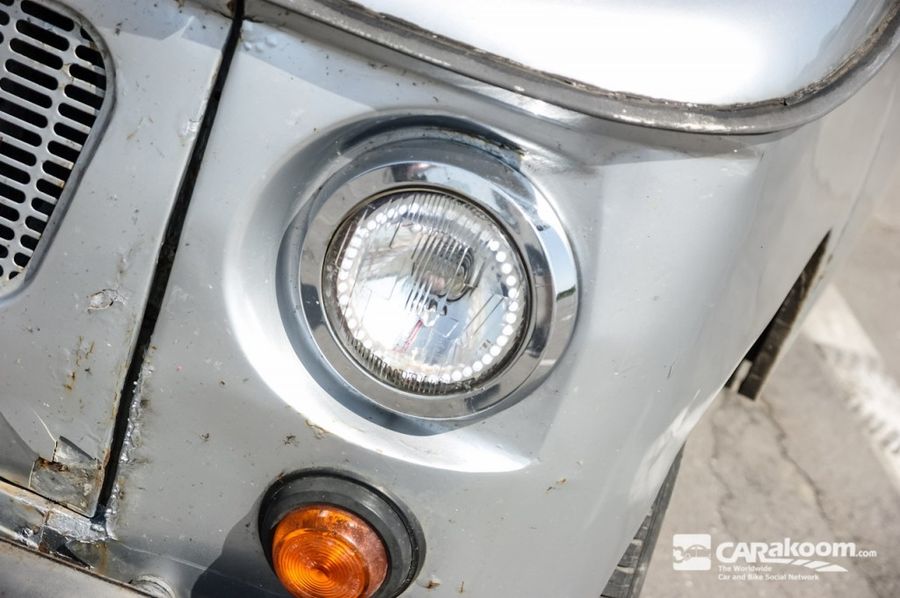
It was shown officially at XXXVII International Fair in Poznan in 1968. The cars were produced with the bodies of a minibus, van, chassis, refrigerator van and others. They produced the following models: “F” — a base van;“Т” — a station wagon;“С” —a refrigerator; “R” — a pickup with a double cab; “М” — a microbus; “S” — an ambulance car; “W” — a military or police car;“СА” — a tourist car.
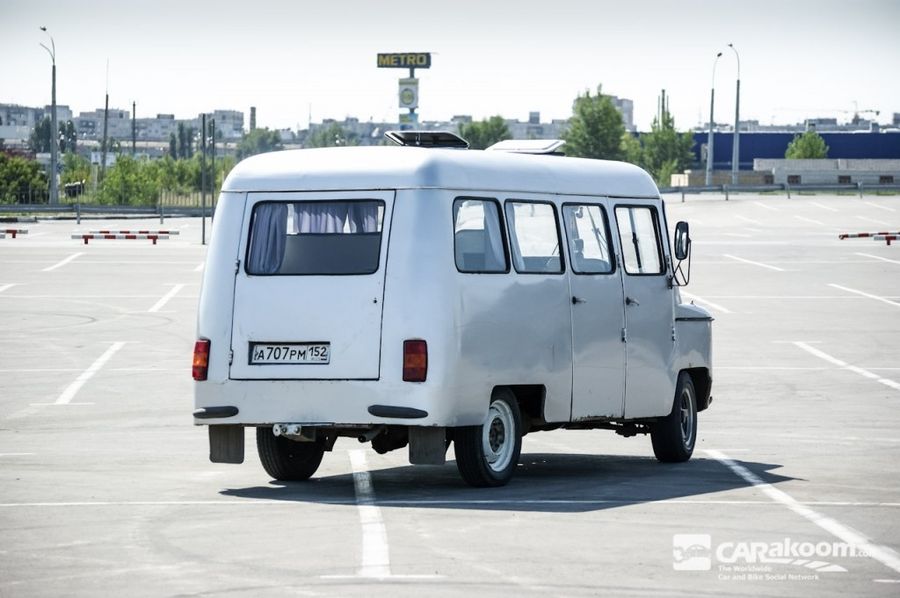
The autos quickly gained the popularity not only in the local market. More than a half of all the cars were exported to the USSR, Hungary, Bulgaria and Rumania. The deliveries were maintained even to Germany and Belgium.
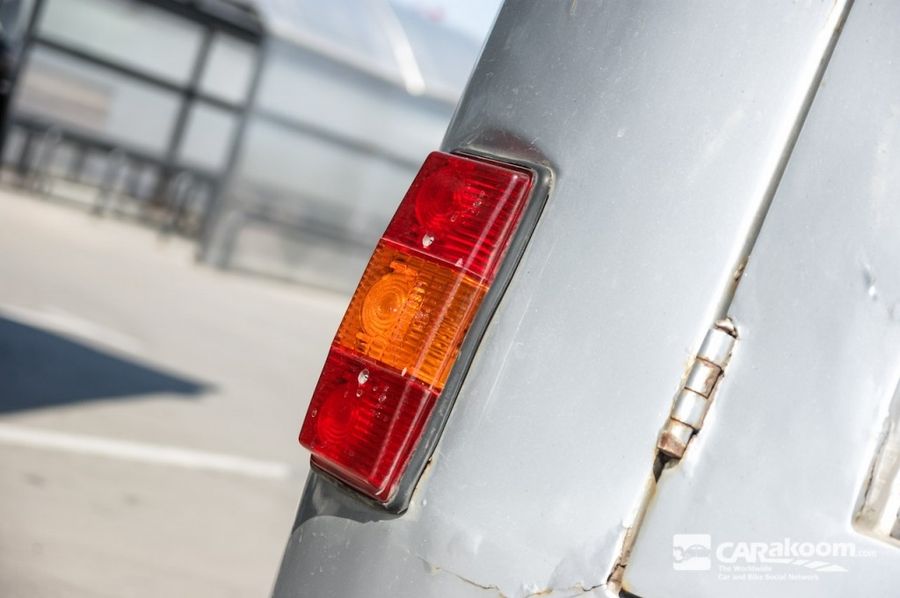
Today we are going to talk about the car of the last generation – the Nysa 522, which appeared in 1978. It is as like the Nysa 521 as two peas, but it has got 100 mm higher roof.
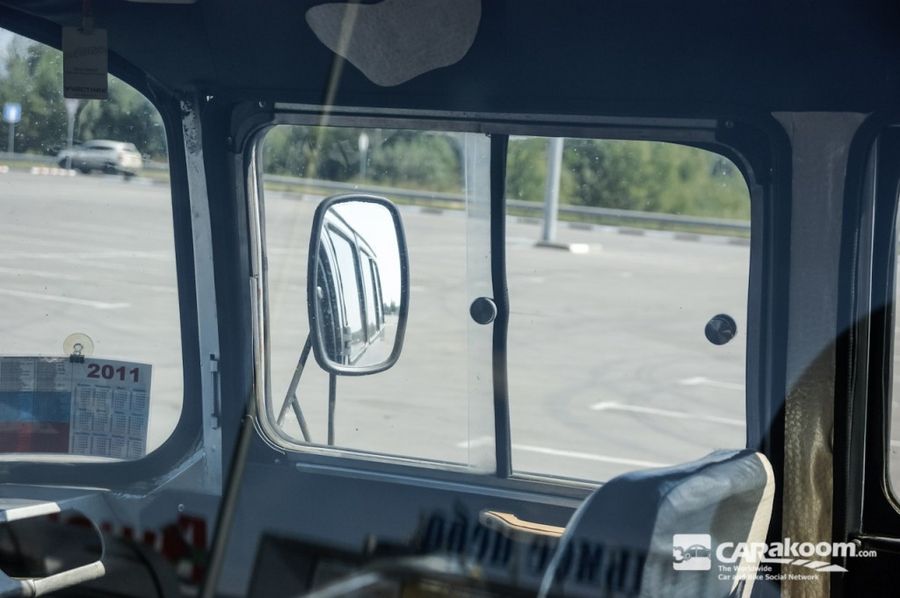
The car is based on the aggregates of the “Warsaw”, which in its turn is a license copy of our GAZ M20 “POBEDA”. There are suspensions and an engine with a gearbox unit here taken from it. The rounded contours look breathtaking even now.
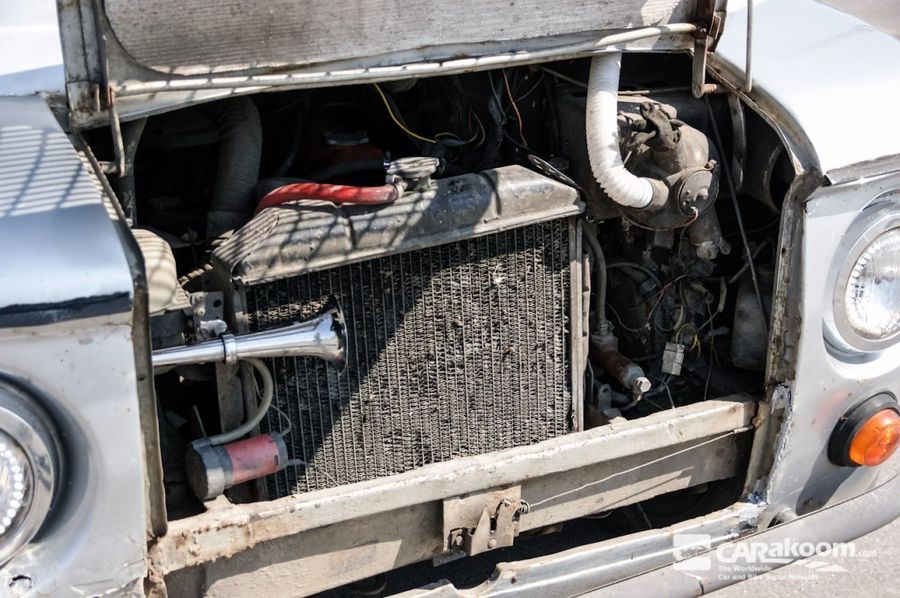
The special feature of the front is, of course, a huge windshield. It consists of two halves that simplify its replace in the case of damage. By the way, the van Nysa 521 for the first time in the history of that car brand got a windscreen washer with a foot drive.
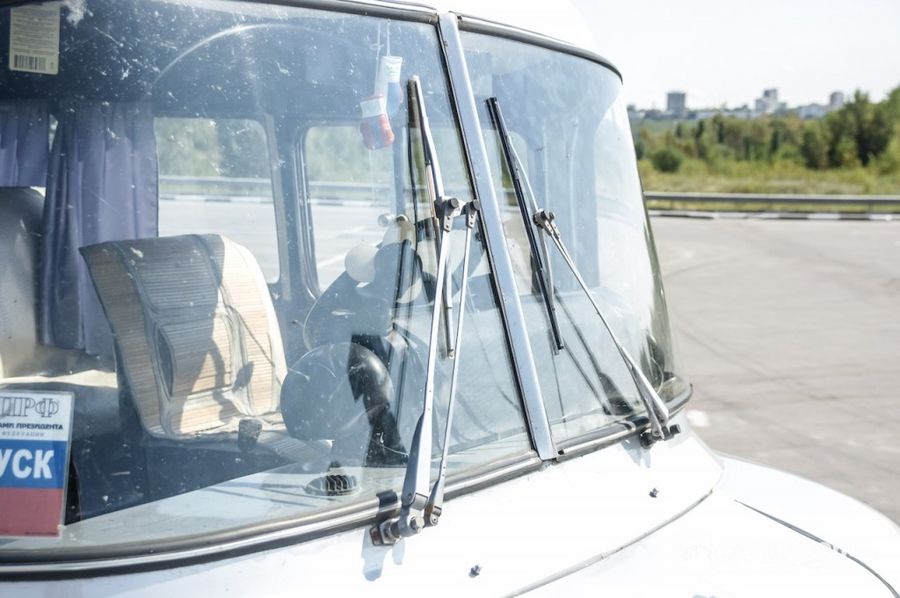
There is a cover hiding the engine between a driver and a passenger. The drooping-speed quiet motor of the Nysa with the capacity of 2.1 liter and 70 horse power is capable to put on full speed of 100 km/h. It was replaced with modern ZMZ 402 on this car, which makes possible to develop the speed up to 140km/h. Can you imagine an old van, “flying” at such speed?
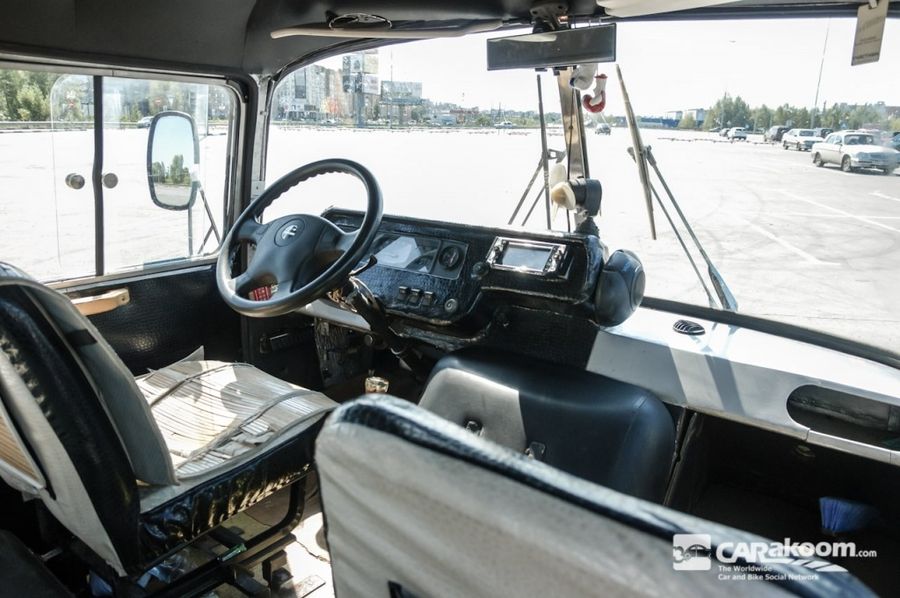
The front panel must be different here and so must the steering wheel. But to find the Nysa in its original state is more difficult at present. The original dashboard used the instruments from the “Warsaw” resembling visually the similar ones of the “Pobeda”.
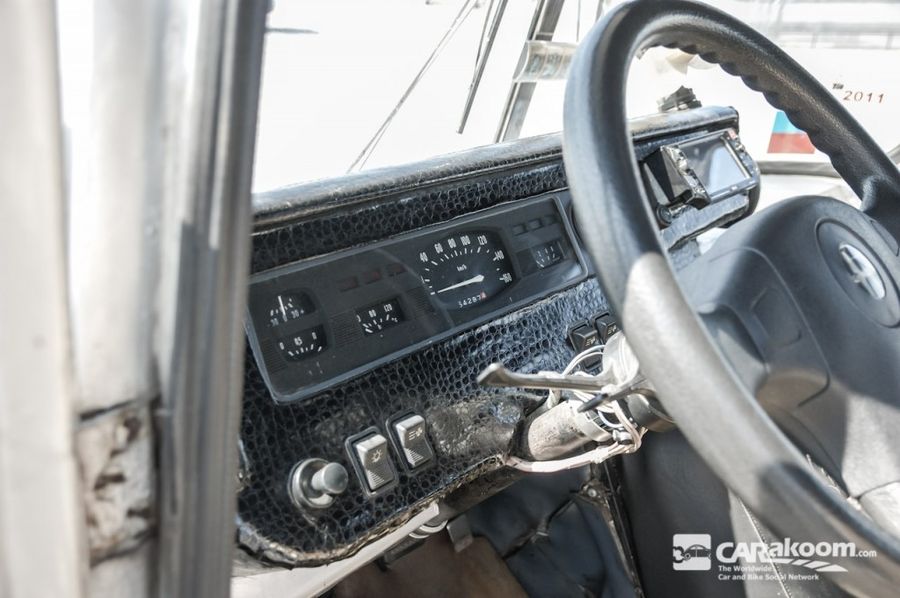
The side swing door led into the car compartment. A driver and a passenger came in through their personal doors. The standard interior could house 10 people, but the owner of this Nysa converted it into 7-seated, adding a folding table in the back area. The roof has got two sunroofs as a real bus!
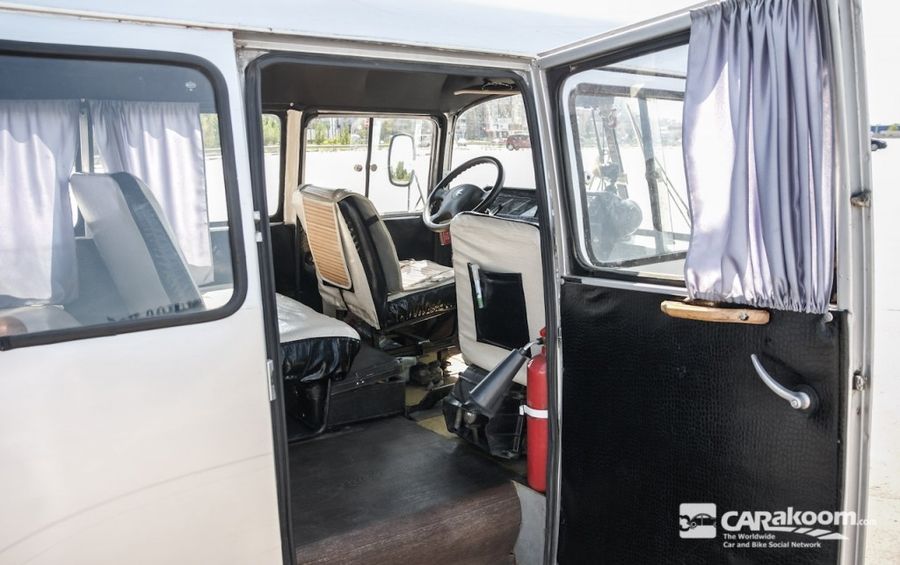
A cozy compartment, very soft armchairs and absence of any anatomical support – such were all old vans! But agree it contains warm and snug flavours. They do not make such compartments now.
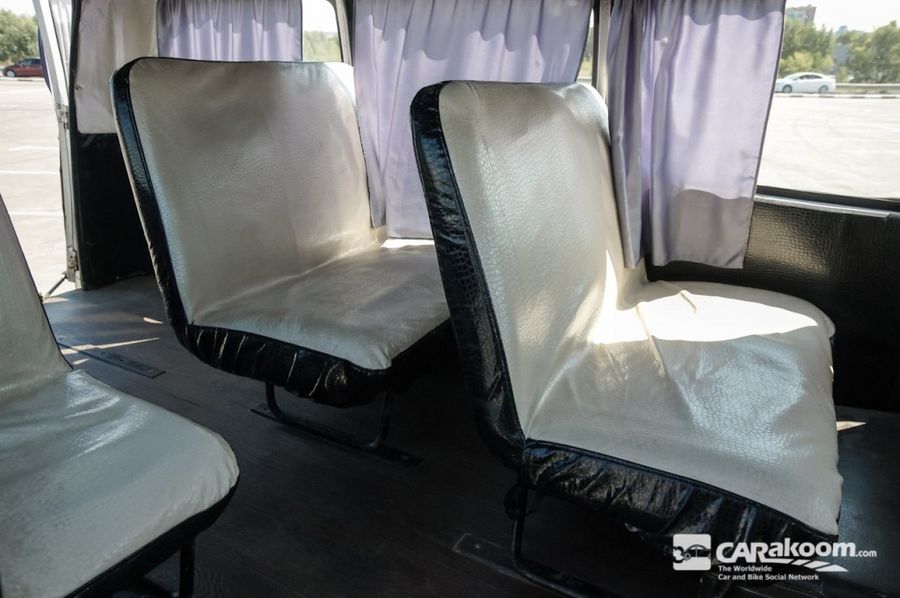
The rounded roof hoods are one more retrospective journey into the history.
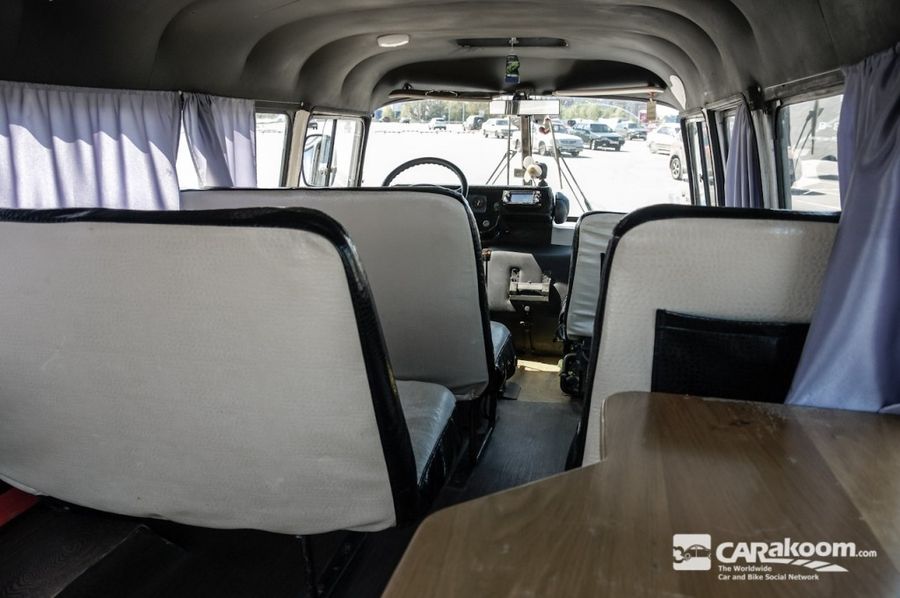
The rear wing door looks funny by modern standards. And indeed the loading height is …just whoopie. But does it make any difference now? After all, the possession of such a positive piece is much more important.
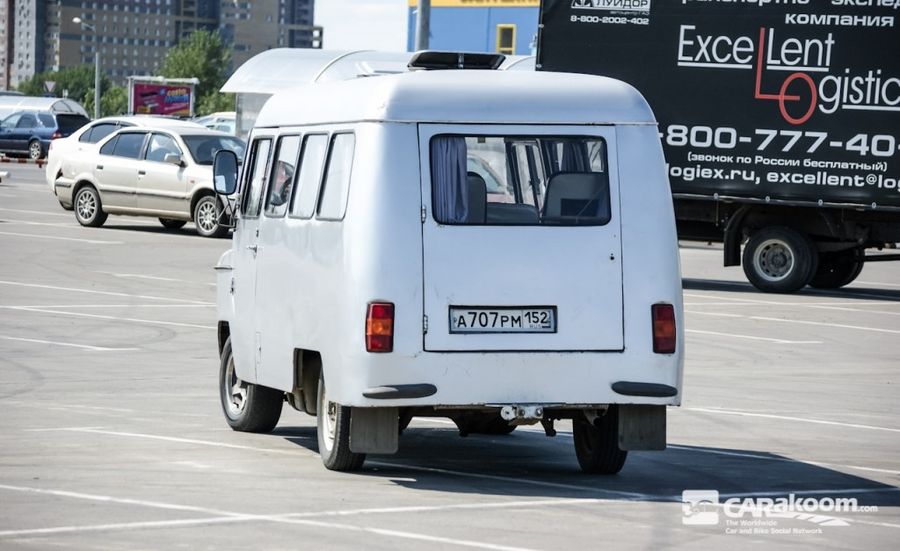
The door handles are pennant and hazard, as they call them nowadays. But they are so comfortable!
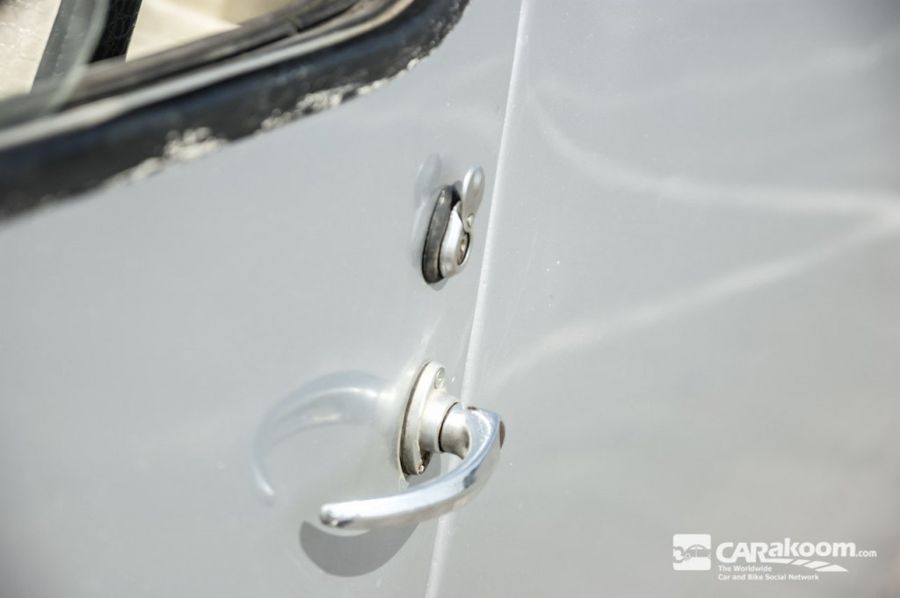
The side quarter lights are sliding!
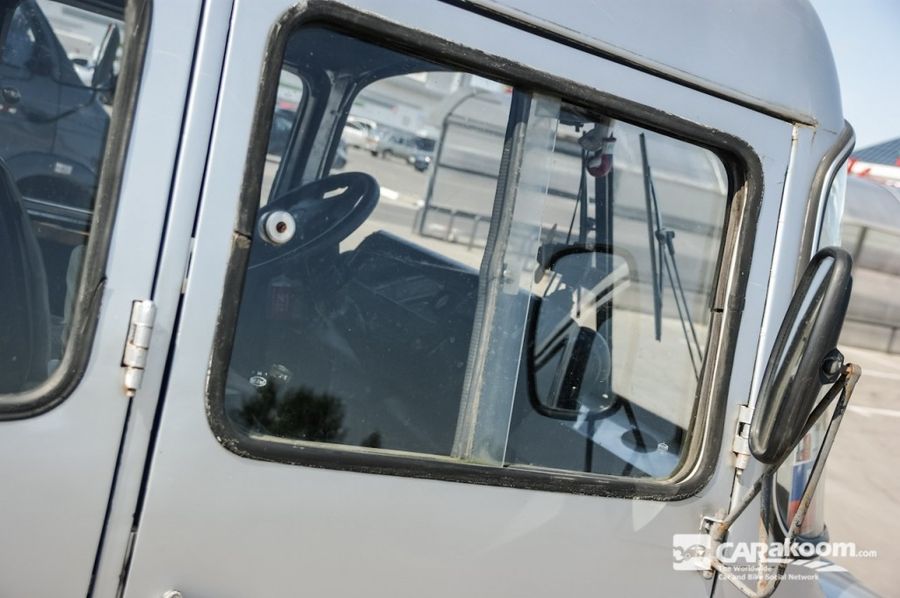
The front half-hood and brick-like aerodynamics.
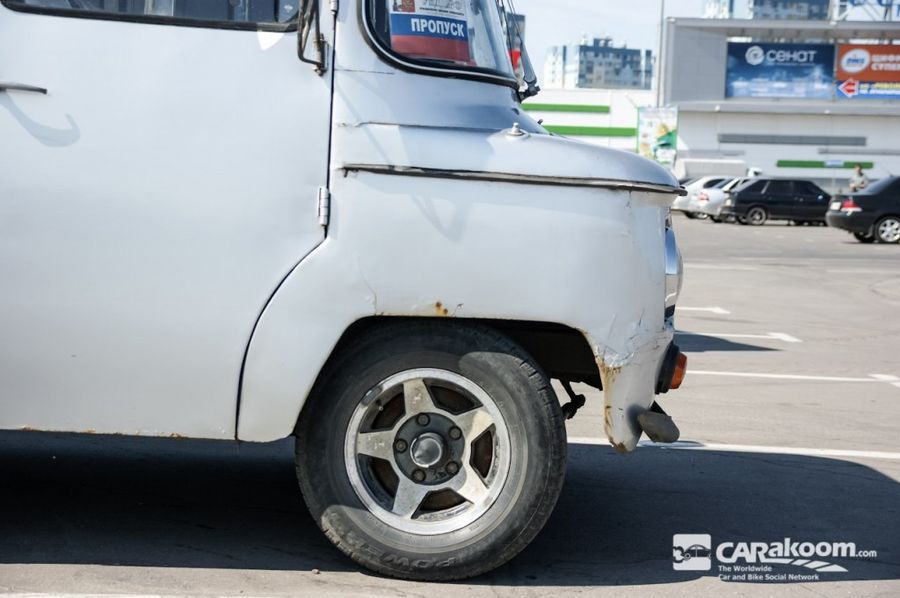
1980s were the slump production time. In 1984 the production reduced down to 12, 049 cars a year, which exceeded the rate of 1969 (11, 562) only slightly. Despite the reduction of interest to the car amongst customers the orders for the car still existed. In 1987 the plant produced 12, 448 units, in 1988 — 11, 971 pieces, in 1989 — 11, 007 pieces, in 1990 — 10, 366 pieces, in 1991 — 3, 658 pieces, in 1992 — 2, 720 pieces, in 1993 — 1, 800 units. On the 3rd of February in 1994 the last Nysa rolled off the production line — number 380575. In 1996 the enterprise was bought by the company Daewoo.
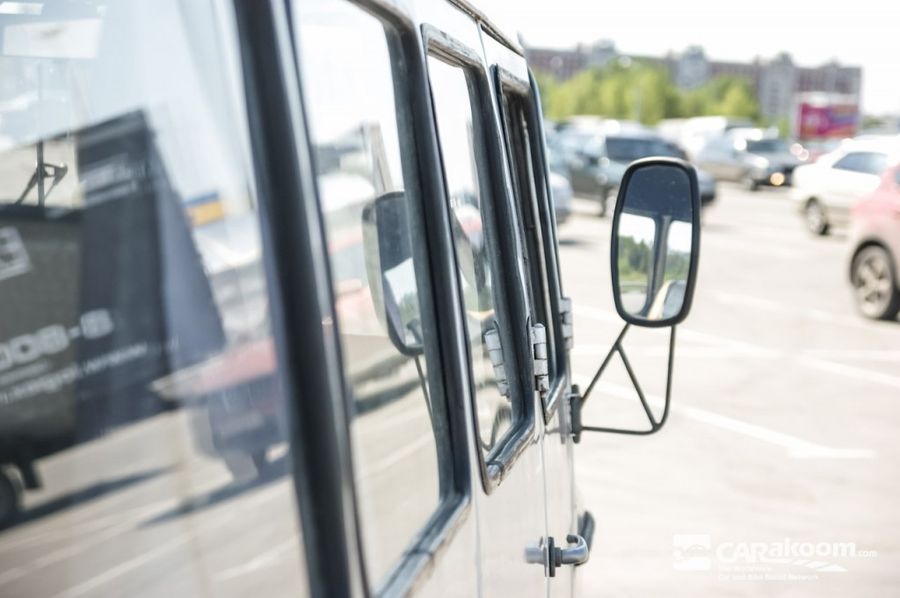
Today the wagons Nysa have already become toys for collectors. Still it is possible to find a dozen or one more dozen of rotting cars in the villages of our country. A lot more cars are in the Ukraine and in Byelorussia. The Nysa 521 / 522 is definitely one of the most unusual and pretty microbuses, which left its invaluable contribution in the history of Poland and the USSR.
